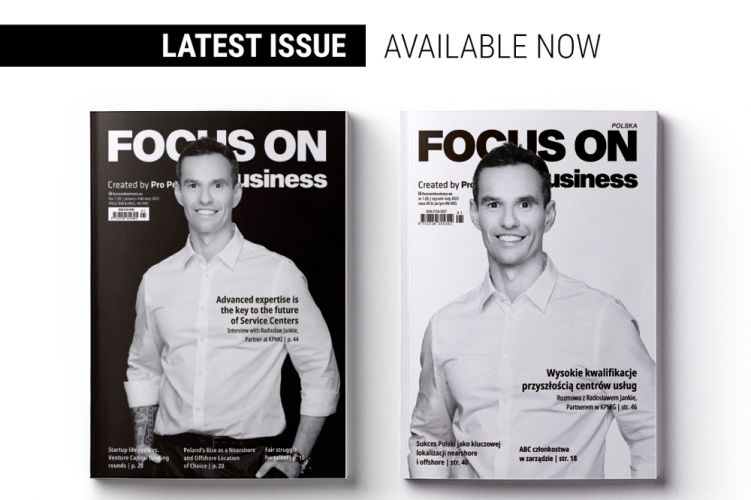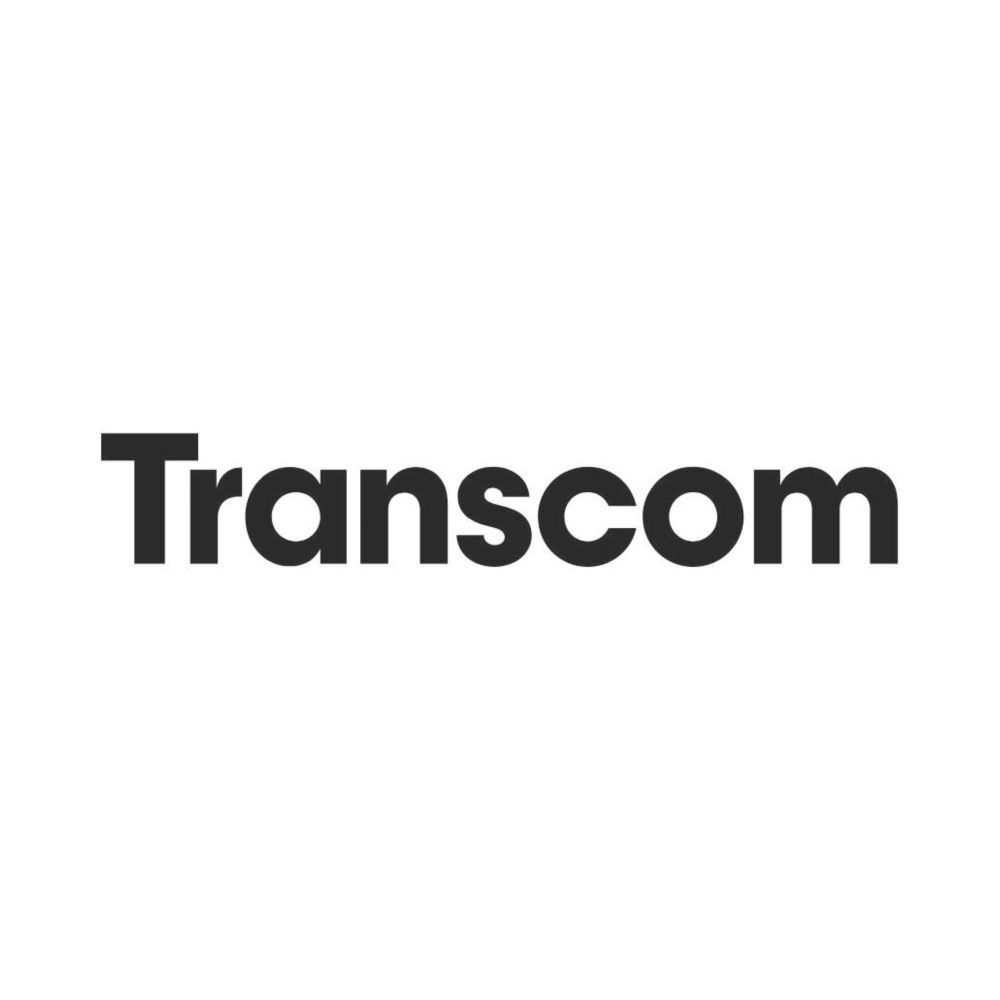Unlock potential of your workplace: How companies will reshape their offices for a bright future ahead

The COVID-19 pandemic has changed the world in many ways, and one of them is how we work. With stay-at-home orders issued around the world, more people are working from home than ever before. The traditional office environment by many companies has been replaced by virtual offices, and WAH (Work-At-Home) work environments have become commonplace.
Early days pandemic for many companies were not easy, sometimes from prosaic reasons: lack of VPN licences, lack of face-to-face contact due insufficient stock of cameras etc. It was a real agility test. BPO companies have adapted quickly to the changing conditions and are now taking the advantage of many benefits that WAH and virtual offices offer. In the past 3 years, business service companies have also redesigned the traditional office spaces to better suit their current and future needs. Let's have an analytical look at various forms, main benefits but also potential risks associated with them.
Paradox of WAH environments
Work-At-Home environments offer a number of benefits. These include: convenience and flexibility, cost savings, increased focus on individual tasks, and more meaningful communication between team members.
Convenience and flexibility are especially important for those who have to deal with the challenges of family life or health problems while still managing their work responsibilities. By working from home, they can save time and money on everyday commuting and also take care of personal matters without sacrificing the quality of their work.
There is a flipside of this coin, some of the people working from home, especially those having children, complain that they are being distracted and have to sometimes restart the same task several times. Another issue, lack of a separate room for work is not only a matter of comfort for the employee, but often also a security compliance problem.
Available technology might allow employers to visually monitor their employees via various means (including facial recognition, body movements, and surveillance of the employee's surroundings) but although ensuring full compliance with a PCI (Payment Card Industry) Standard is possible in theory, these tools do not follow GDPR (General Data Protection Regulation) in Europe. The final question is whether or not employees would accept these types of solutions.
If employees have a good working environment at home – which is not just a separate room or silence, but also the right kind of ergonomic chair, work table, and IT hardware for their job –
WAH conditions enable them to focus more on individual tasks. This lack of distractions present in an office can result in greater productivity and improved quality of the work overall.
Finally, meaningful communication between team members is encouraged when everyone is working remotely. With video conferencing technology becoming increasingly advanced, it's easier than ever for teams to stay connected and collaborate on projects from anywhere in the world.
Cost savings are often considered a major perk of WAH environments. By eliminating the overhead costs associated with office space, businesses can save money on rent, utilities, and other expenses.
On the other hand, setting up a permanent WAH environment sets a different requirement for management over-head; frontline teams shall be smaller so that the leaders can dedicate sufficient amounts of their time to manage them efficiently. Governments also introduce changes into the labour codes, imposing certain obligations on employers, to cover utilities or co-finance ergonomic furniture. Each company has to balance these costs in their own way so that WAH remains an attractive option for both the business and employees.
Keeping your staff engaged and high-performing
Managing performance and employee engagement in a WAH environment can be a challenge. It is important to set expectations and objectives clearly, as well as make sure that employees have the right tools to do their jobs effectively. The modern business services are very well measurable, so it is easy to assess both quality and quantity of the work of employees even in the dispersed structures. What is different from the traditional team structures, is to create opportunities for team members to interact in creative ways, such as virtual happy hours, joined virtual breakfast or lunchtime.
Managers have to pay increased attention to the quality of interactions with their staff not to oversee the signs of burnout or any other challenges that an employee might be facing. WAH makes it more difficult to host "walk and talk" sessions, which are common in office settings.
Managers shall not underestimate the impact of these routines and shall adjust their managerial style accordingly. Overall, work-at-home environments can be beneficial for both businesses and employees when implemented properly. However, it is important to consider the potential risks associated with this type of arrangement so that employers can ensure a safe and productive working environment for their staff.
Supporting collaboration and creativity in office environment
One of the key advantages of having an office is that it allows for more socialization and teamwork with colleagues. This creates stronger work relationships. The ability to collaborate with co-workers and share ideas can lead to the development of innovative solutions and increased team productivity. Office settings also provide an environment where employees can learn from each other, resulting in better cooperation on projects.
Additionally, having a physical workspace provides many workers with a sense of structure as well as fewer dis- tractions than if they were at home. Finally, offices generally provide resources such as technology, supplies, and meeting spaces which can help support employees’ productivity.
Future office space as collaboration hubs
The future of office space is likely to be a blend of both physical and virtual workspaces, with many employers focusing on creating hybrid models. This will give employees the flexibility to work remotely when needed while still providing opportunities for collaboration in-person. Companies may focus more on creating comfortable, inviting spaces that are conducive to conversation and idea sharing. Companies will also look for ways to integrate technology into their office design in order to foster remote collaboration with employees who work from home, as well as support virtual meetings and presentations. Additionally, businesses may use the physical space to facilitate professional development activities such as panel discussions or team building exercises, especially during the employee onboarding process.
By leveraging the advantages of both physical and virtual workspaces, employers can create an environment that is supporting professional development and a strong sense of community.
This will help keep employees productive. Ultimately, this will result in improved organisational performance and increased employee satisfaction. Offering a fully flexible working model (that is with no fixed rotational in office shift pattern) will be most likely commonly used as a benefit when it comes to talent acquisition and retention. Having a physical space dedicated to team meetings and collaborative tasks will foster creativity by allowing everyone to brainstorm ideas together in an open environment. In the near future office spaces will turn more into social spaces and will be used to host social events. While the companies may in the mid-term re-evaluate the requirement for additional square meters, they will also invest in making the company offices, genuine quality places where people do want to come and co-work with their peers.
Author: Ewa Dąbrowska, Head of Sales Central Europe, Transcom
This article comes from magazine:
FOCUS ON Business #8 January-February (1/2023)
 Check the issue
Check the issue








